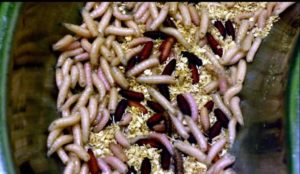
My feet are the only constant reminders I have from hiking the Appalachian Trail from Georgia to Maine four years ago.
They are bigger now. I had worn a size 10 street shoe all my adult life; now I’m a size 11. And they constantly remind me of the hike because I have almost no feeling the middle three toes of either foot.
I ran into trouble on the second day of my hike when I got lost coming down Blood Mountain in an ice storm, in single digit weather, and ended up with frost bite on several fingers and one of my ears. Feeling returned to my fingers in a few months, but not to my toes.
I made another serious mistake with I tried to hike all the way to Maine, about 4.5 million steps give or take, with two pairs of boots. The first pair began to break down after 800 miles* or so. I should have replaced them immediately, but I didn’t. I kept going. I ignored my feet, which also began to come apart from hiking in bad boots.
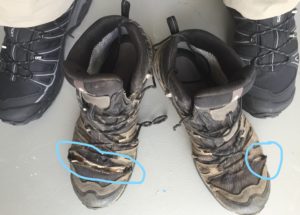
At Snickers Gap, VA, mile 1003.5, my friend John Dancy picked me up and took me to an REI store near Washington where I bought a new pair.
But the damage was done, my feet were torn up.
For several weeks I got up at 5 a.m., ate, packed my equipment, and then spent half a hour doctoring and bandaging my feet. I would drain the blisters with a needle, pour alcohol on them, apply Neosporin, then gauze, then Moleskin. Then I’d wrap them with stretch tape to hold everything in place. By 6:30 I’d be on the move.
After my feet got well I took these photos to show my wife, Donna, that I was all better.
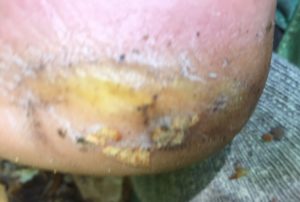
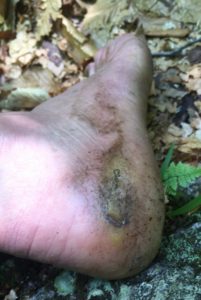
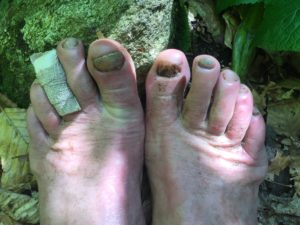
So was it worth it, the thru-hike in exchange for permanent numbness in six toes?
Absolutely .
NOTE: *It was 2,189.2 miles from Georgia to Maine.
Coming Monday: The IRS Plumber
